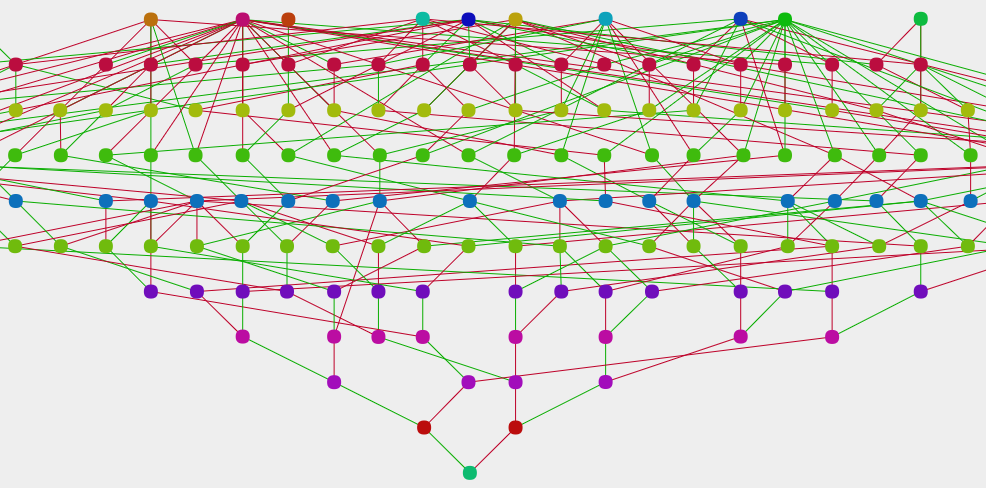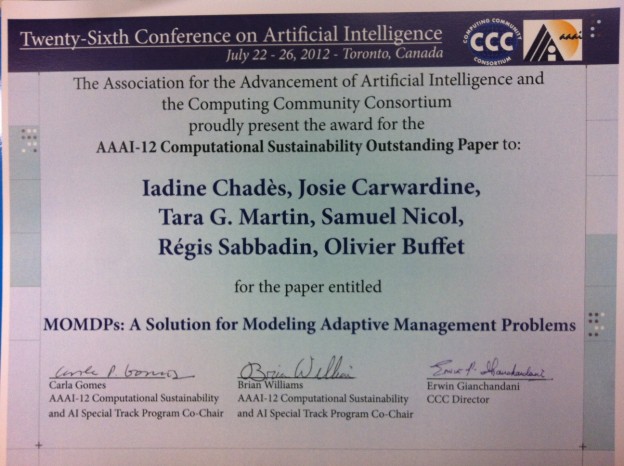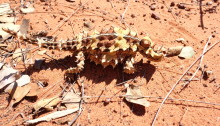I am fascinated by networks, what a great way of graphically representing anything you can think about that interacts somehow! In decision-making, networks can represent complex decision trees (or strategy), i.e. they graphically tell you what to do under specific conditions. The issue is, these networks can become too large to make sense of! I’ve investigated interactive ways of representing decision trees, and I was fortunate to stumble upon Gephi. Few days of programming led me to some interesting results, that I happily share with you. Here the nodes represent springs, that can be occupied or empty. There are about 10 springs, so if you follow a path from the root (bottom node) to a top node, you will find the optimal action to perform. It is a work in progress, and more can be done. I believe this is the future of publication by the way, interactive figures/graph/networks, they make communication so effective.
In summary, don’t be shy, use network! I have noticed that network theory communities can be protective of their tools. With a tendency of making simple things such as networks and their metrics seem overly complex. But really networks are quite simple and fun to play with and they can be whatever you wish, you just have to define them.


